How can I get my own AI-generated picture made on chatgpt
Creating Consistent AI-Generated Portraits: Tips and Techniques for Reliable Results
In the rapidly evolving landscape of artificial intelligence, many users explore AI-powered tools to generate personalized images, especially portraits. While platforms like ChatGPT can assist with text-based prompts, generating consistent and high-quality AI images—such as personalized portraits—often requires specialized approaches. If you’ve experienced variability in your AI-generated pictures, particularly with your facial features, you’re not alone. This article provides insights into effective strategies and best practices to produce more consistent and accurate AI-generated images.
Understanding the Challenges of AI Image Generation
AI image generation models, including popular tools, rely on complex neural networks trained on vast datasets. Variability in results can stem from several factors:
- Prompt Ambiguity: Vague or generic prompts can lead to unpredictable outcomes.
- Model Limitations: Some models may not be fine-tuned for consistent face generation.
- Lack of Reference Data: Without specific guidance, the AI may interpret prompts differently each time.
To achieve images that closely resemble your desired appearance in various poses and backgrounds, it’s essential to craft precise prompts and use appropriate techniques.
Strategies for Achieving Personalised and Consistent AI Portraits
1. Use Dedicated AI Portrait Generators
Platforms specifically designed for portrait generation, such as Midjourney, Stable Diffusion, or DALL·E 2, often provide better control over facial features and styles. Some of these tools also support uploading reference images to guide the AI.
2. Incorporate Reference Images for Greater Accuracy
Uploading a clear, high-quality reference photograph of yourself allows AI models to tailor the generated images more accurately. Many tools support image prompting, which helps maintain facial consistency across different poses and backgrounds.
3. Craft Detailed and Specific Prompts
A well-structured prompt should include:
- Descriptive details about facial features, hair, and eye color.
- The desired pose or activity.
- Specific background settings or styles.
- Artistic style preferences, if any.
Example Prompt:
“A realistic portrait of a young woman with shoulder-length brown hair and blue eyes, smiling, in a natural outdoor background, high detail.”
4. Utilize Prompt Engineering Techniques
Refining your prompts and experimenting with descriptive language can significantly impact the results. Using phrases like “highly detailed”, “realistic”, or specifying lighting conditions can enhance accuracy.
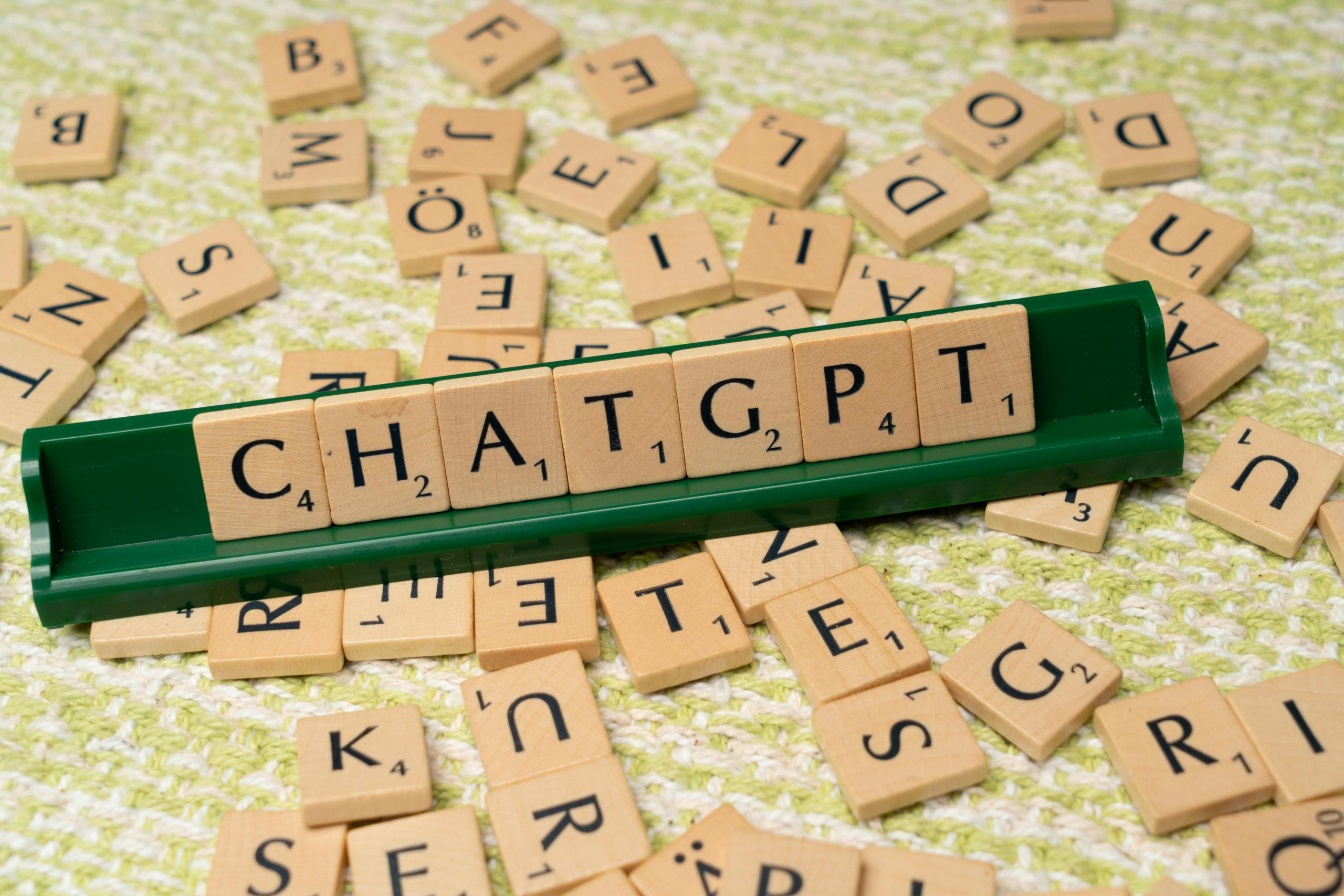
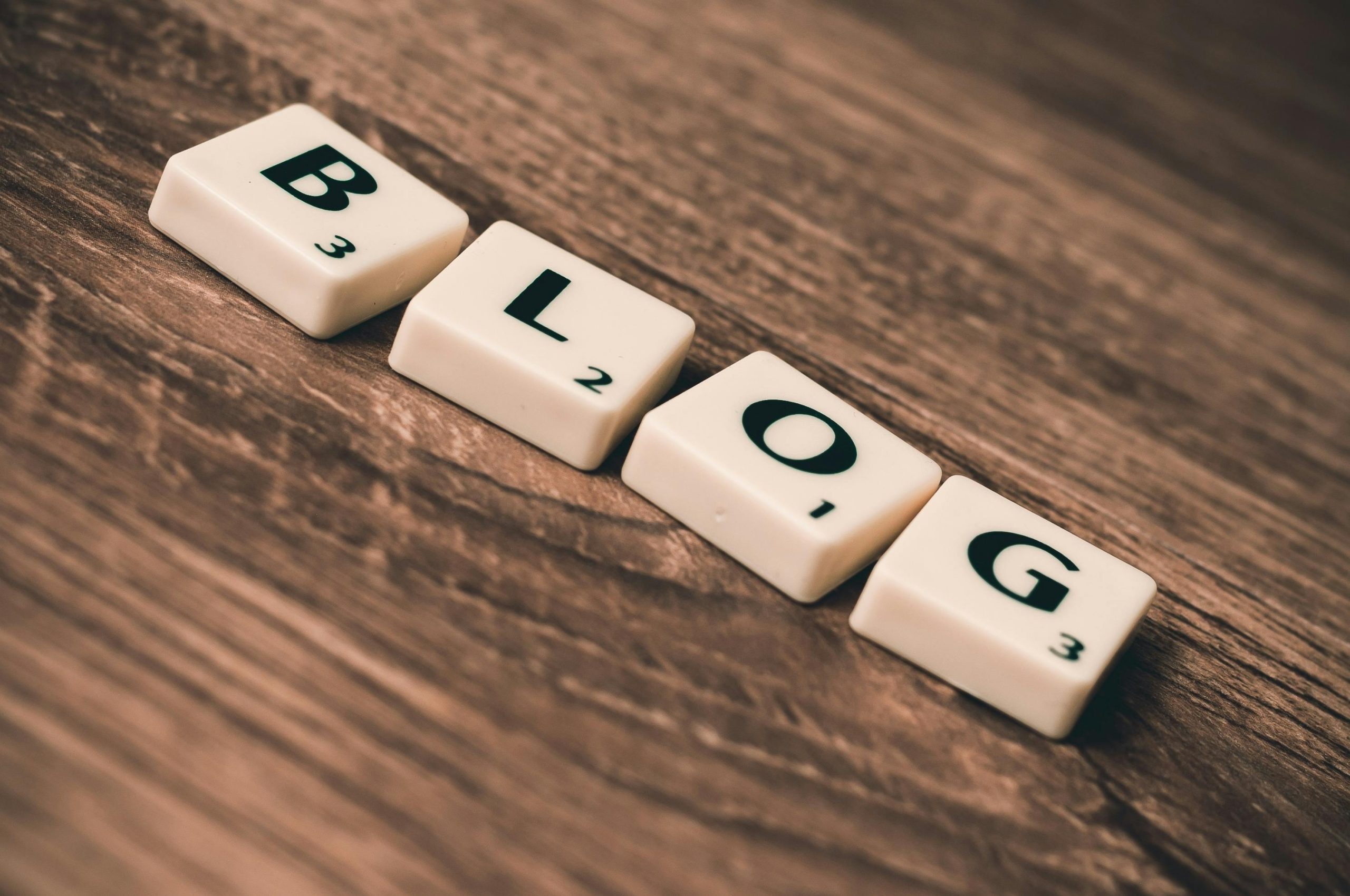
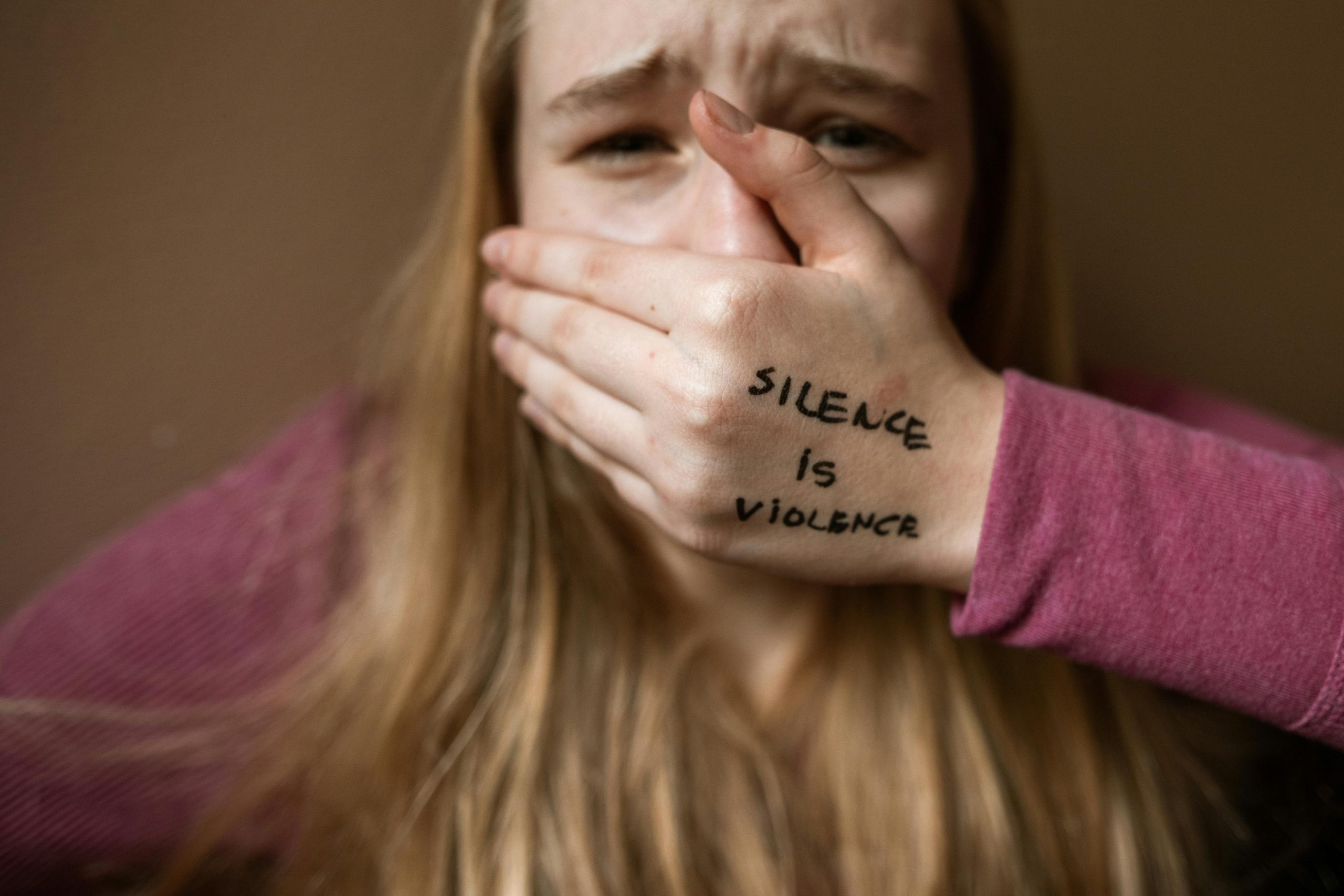
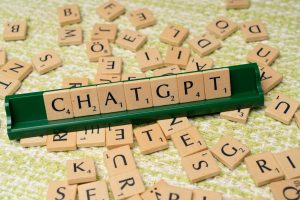
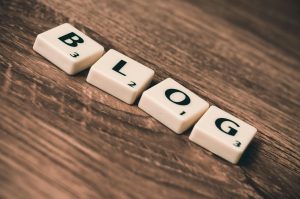

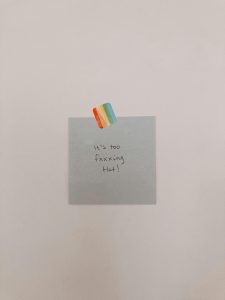

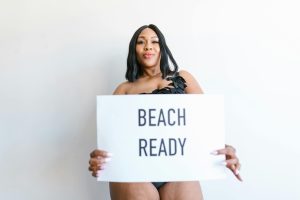
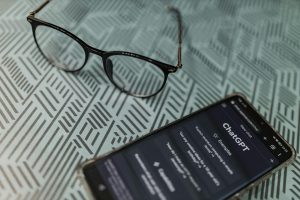
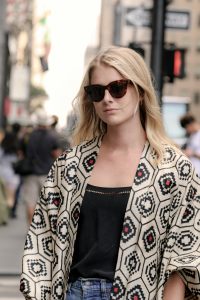
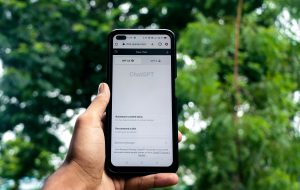
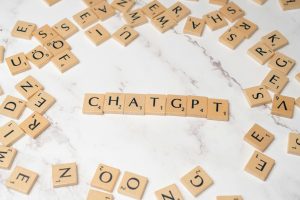
Post Comment